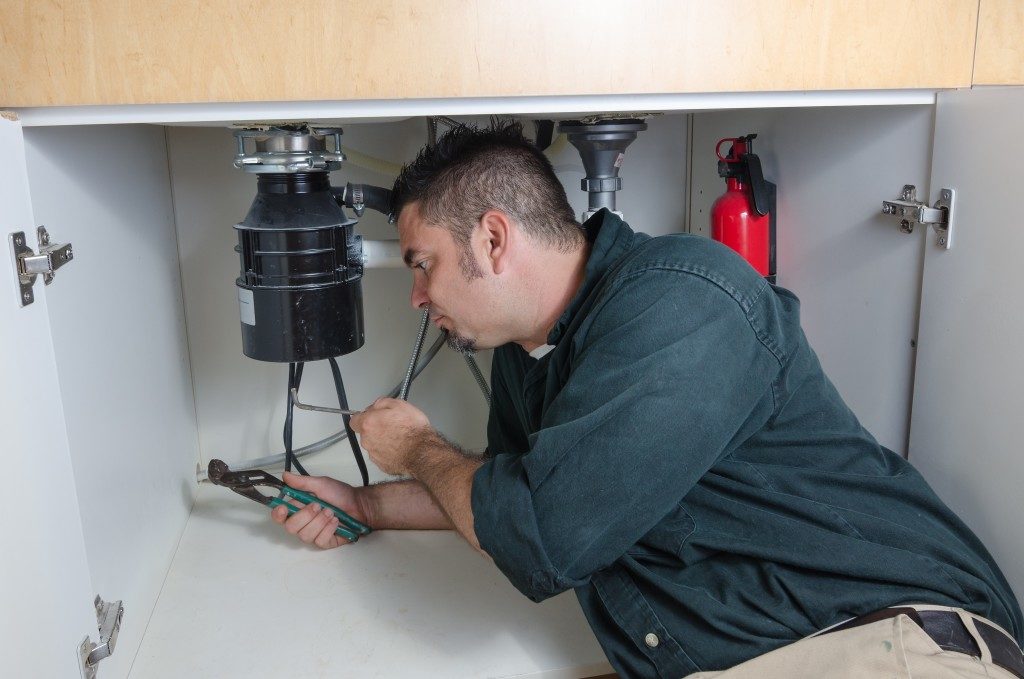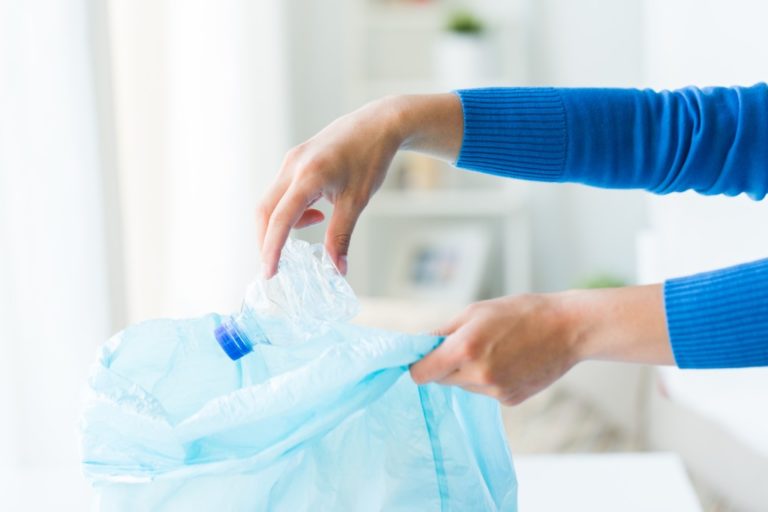Whether you are looking for ways to help the environment or increase your annual savings, reducing your water bill is an obvious solution. The American Water Works Association projects $1 trillion in costs to the upgrades of the drinking water system until 2035. This cost will be passed on to consumers, and if you live in rural areas with fewer residents to share this amount, you might be paying higher fees than usual. Here are some ways to minimize water usage:
1. Check your plumbing system
Your rising water bill can be a sign of a severe problem in your plumbing system. Sewer line leaks can result in an unusually high bill despite your efforts to conserve water. Leaking toilets are your worst enemies, which could waste around 330 liters of water per day. Dripping faucets, loose joint or cracks in underground pipes, and leaks in your irrigation system are also contributors to the skyrocketing monthly water bill.
Some homeowners try to handle plumbing issues on their own, without realizing that a problem in the sewer line is not an easy fix. If you haven’t changed your water usage routine but your monthly bill gets higher than usual, it is always prudent to call plumbing services for sewer line repair in Salt Lake City, Utah. They will investigate your home’s plumbing system and do the needed repairs or recommend a replacement. Remember that if plumbing problems are left unchecked by professionals, they can lead to a substantial waste of water and money.
2. Run full laundry loads
Running your machine on full load will not only save water, but it will also slash your energy bill. Avoid running your laundry machine if you only have a few T-shirts or socks to wash.
3. Install water-efficient fixtures

Outdated plumbing fixtures and old toilets are inefficient compared to the recent models. For instance, earlier shower heads have a flow rate of more than 5 gallons per minute, while the modern ones spit 2.5 gallons per minute. Thus, you can save around 136 gallons per shower if you do the switch. While replacing your old fixtures can be a costly investment, they will pay for themselves after a few months and give you more significant savings in the long run.
4. Take out foods from the freezer earlier
Do not use water in thawing frozen meat and foods. Establish your cooking schedule and take them out of the freezer earlier, so you don’t have to submerge them in a water bath or defrost them with running water.
5. Harvest rainwater
Collecting rainwater is an excellent way to save water for your garden or lawn. You can use rain barrels such as an old drum or a large can to harvest water during the rainy days. Don’t forget to put a mesh or a screen over the barrel to prevent mosquitoes from breeding.
Water is one of the planet’s invaluable resources. While about 70% of the Earth is covered with water, only 2.5% of it is fresh. However, a significant portion of this fresh resource is trapped in snowfields and glaciers, leaving merely 1% available for human consumption. Make every drop of water count and reduce your monthly bill by following these pointers and curbing your water-wasting habits.




